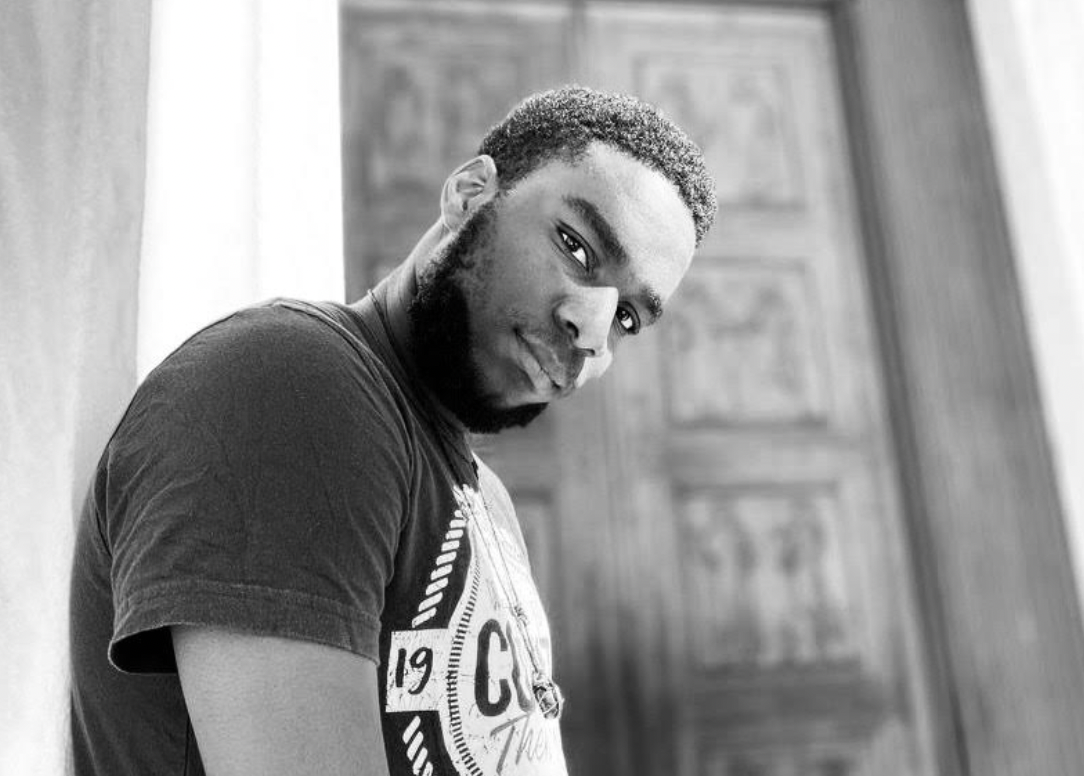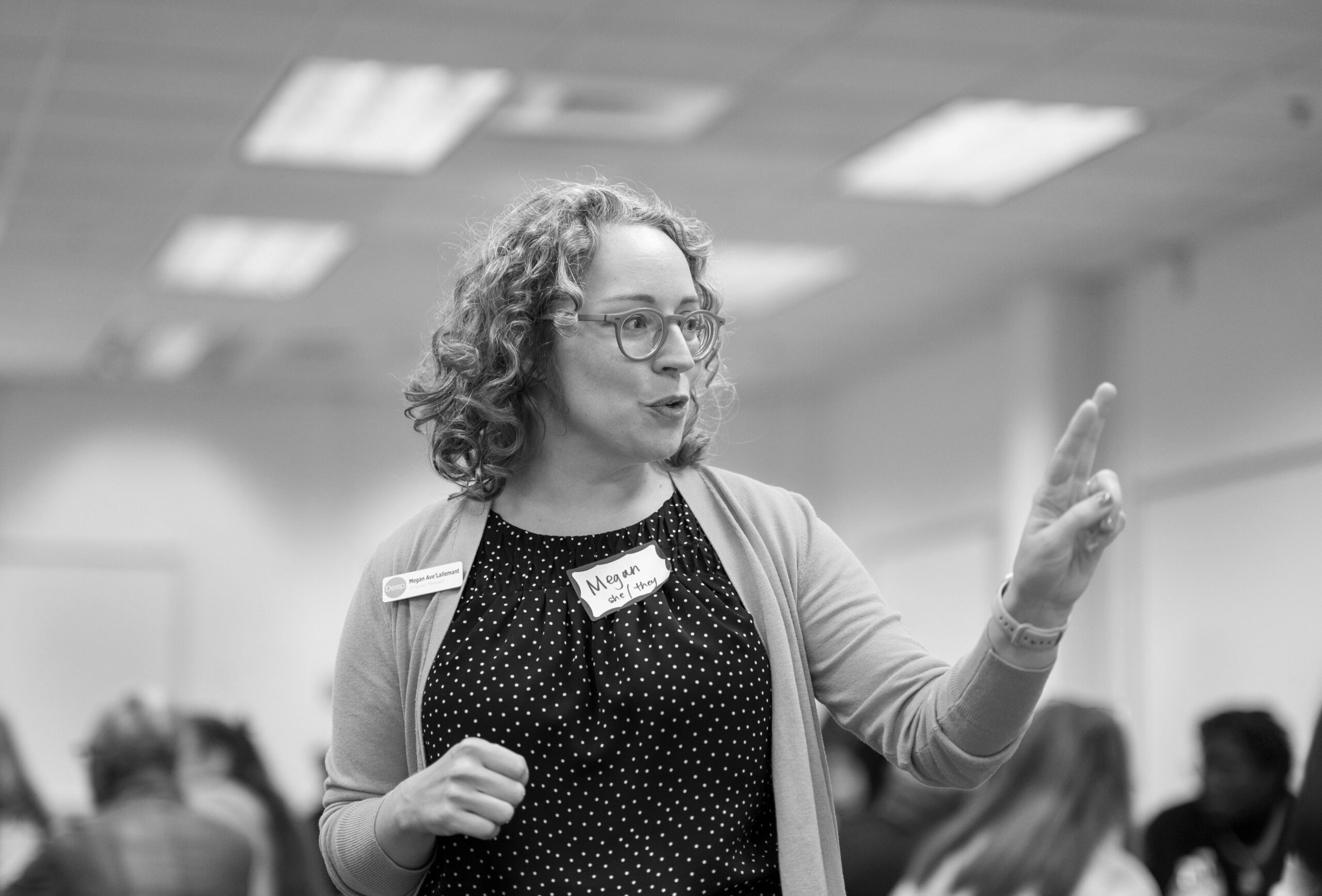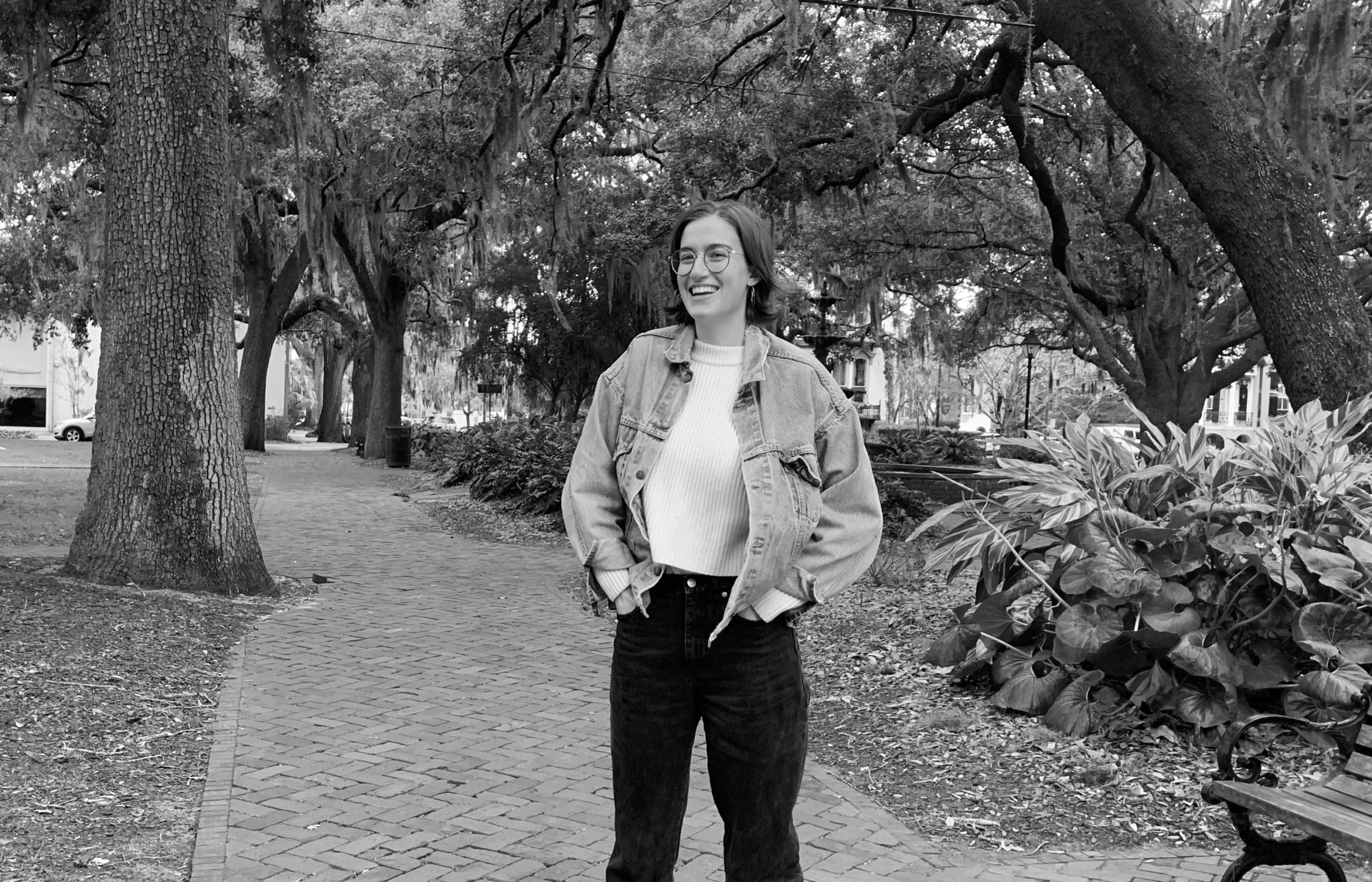Trauma-informed or trauma responsiveness. Healing-centered. Culturally affirming and cultural responsiveness. These are all phrases one might hear in mental health, wellness, education or social justice learning spaces. But what do those phrases actually mean? And what does it mean to actually practice and embody being trauma-informed or healing-centered or culturally affirming? Especially with young people?
First some quick definitions to make sure we are all in alignment about what we mean:
Trauma-informed or trauma responsiveness: As leaders, mental and behavioral providers, social workers, educators, organizers, and individuals, to be “trauma-informed” is to recognize the pervasiveness of trauma in our world and seek to be responsive to it. This means becoming aware of how trauma shows up in the personal, structural, and societal, anticipating how those with trauma may respond to constructs, and doing our part to not cause further harm. Even more, being trauma-informed means helping to create a world that can foster growth, resiliency, and healing as well. It’s not enough to state the intention to be trauma-informed is not enough to guarantee good outcomes. Like there is no one type of person in the world, there is no one “set” type fo way of responding to trauma. The best approach is to use a set of guiding principles which can be flexibly applied to unique situations and people. Check out these six principles of being trauma-informed (1. Safety; 2.) Trustworthiness & transparency; 3.) Peer support; 4.) Collaboration & mutuality; 5.) Empowerment & choice; and 6.) Cultural, historical & gender issues)and how educators are being responsive to trauma in their classrooms.
Healing-centered: Being healing centered is “an approach that is holistic involving culture, spirituality, civic action and collective healing. A healing-centered approach views trauma not simply as an individual isolated experience, but rather highlights the ways in which trauma and healing are experienced collectively… While trauma-informed care offers an important lens to support young people who have been harmed and emotionally injured, it also has its limitations… The term “trauma informed care” didn’t encompass the totality of [one’s] experience and focused only on [one’s] harm, injury and trauma.” Being healing-centered is a framework developed by Shawn Ginwright, first debuted in his piece The Future of Healing: Shifting From Trauma Informed Care to Healing Centered Engagement, which is where we take our framework from.
Culturally-affirming or cultural responsiveness: Very simply, culture is the behavior of a people. It is what a group of people do in common. It is habits, customs, arts, and traditions – and so very often, it is the affirming of and responsiveness to cultural practices that are marginalized or do not reflect dominant culture. Cultural responsiveness involves understanding and appropriately including and responding to the combination of cultural touchpoint and the full range of dimensions of diversity that an individual brings to interactions.
So, how does this show up in Deep space? Staff talk a bit about the way that they take phrases into practice, and what it means to be responding to our young people (and adults) in real time.
KeyShawn Housey, Program Manager, Action Research Team
“Within ART (Action Research Team), adult allies make it a point to set aside time for our weekly rituals, the joybringer, “The Moment ” and” Pressing and Blessings. This allows for both allies and young people space to be human and bring forth any topics/issues that may have been stressing them to light. I think it helps build community and it reminds people to give one another grace and that we’re here to be a supportive system.”
 Megan Ave’Lallemant, Program Manager, ART/ Writing Project
Megan Ave’Lallemant, Program Manager, ART/ Writing Project
I noticed a young person’s vibrancy and energy had been dwindling for 3-4 weeks. (I’ve known them for two years.) I saw this in their body language, low engagement, and growing despondency.
Because we asked at the beginning of the semester what each person needed/wanted re: support when they’re upset, I knew this person liked to be left alone, so I only checked in briefly each week to let them know I noticed. Finally in week 4 of this process, they asked to talk to me 1:1. I was glad they felt brave enough to do this and honored they trusted me as a person to reach out to for help while they were visibly upset.
Their initial problem was framed as struggling with grades, zero tolerance grade-change policy, feeling hopeless, worried about next semester and the way it would affect their future trajectory. I asked about the root causes, which revealed they were dealing with poor mental health and became overwhelmed/checked out of classwork until it was “too late” to save their semester grade. I knew from other conversations we’d had over the weeks that they were also working three jobs on top of high school. After assessing the support they had both professionally (has a trusted clinician for mental health,) at home (parents are generally supportive around caring for mental health and understanding about grades,) and at school (teacher was sympathetic and had given a lot of chances), I started to help brainstorm ways to navigate the academic situation at hand.
Because I’ve never worked in a traditional classroom setting, my knowledge about what’s possible re: grades is limited. So I asked if the young person would be comfortable if I tagged in another staff member for her expertise as a teacher within the school system, who helped create a support plan.
 Ka’Dia Dhatnubia, Program Manager, Block by Block/SLAM
Ka’Dia Dhatnubia, Program Manager, Block by Block/SLAM
In Block by Block, we center ourselves at the beginning of every workshop through intentional journaling. This is a journaling practice I’ve adapted from Linda Tricther Metcalf, who outlined this method in her book Writing the Mind Alive: The Proprioceptive Method for Finding Your Authentic Voice. The practice takes 15 min and leads the participants through three (3) steps:
1) Write what you hear – How do I feel right now, in my mind, in my body?
2) Hear what you write – Write these thoughts and feelings down with no judgment. Explore each thought before moving on.
3) With every thought you wrote down, ask yourself: What do I mean by…? and Where did this thought/feeling come from?
These journal entries are not shared aloud or revised, which prioritizes process over product. This method also helps youth practice mindfulness by getting them in the habit of checking in with themselves in intentional ways. Another benefit includes youth being challenged to be more specific in identifying their thoughts and feelings, which can lead to improving their ability to identify their needs and ways they can help themselves overcome challenges. A concrete example of how this has helped me as a facilitator is being more attuned to my students’ needs without them having to say so out loud. One young person had written in their entry that their body was in pain because they had to sit still all day at school. This young person also enjoys doing yoga during the week to combat this. Because of this knowledge, I now make sure that all our joy bringers and small group activities allow everyone a chance to get up and move around.
In one instance I was subbing in a YAP workshop and a young person started crying quietly at their desk. I went over to talk to him quietly while my partner that day continued with the lesson and diverted the group’s attention. It turned out that a writing prompt that day had triggered memories of a friend who had taken their own life. (The prompt was to write about an item very special to you, he started writing about a gift from a friend). I brought him tissues and sat with him and let him talk about that person and expressed how sorry I was that he had to lose that person, but how special it was that he still had that gift and could hold it and think of them. I asked what he needed– whether he wanted to go to the bathroom and splash water on his face, if he wanted to lay down on his desk a bit, if he wanted to try writing about any of these feelings, or about something else. He decided to go take a moment and go to the bathroom and then rejoin the workshop.
Kat Scheuering, Site Coordinator, Young Author Project
I had a young person who I had gotten to know very well over the years. She’s now in college and sends me updates every now and then. She gave me a copy of her senior photo when she graduated. I attended a chorus and art showcase at her school and she was thrilled to see me and my writing fellow there and to introduce us to her family. I am incredibly proud that she put the work in to get out of a less than ideal home life. Over the years of me being her writing fellow she would often come to the workshop with a notebook full of poetry and thrust it at me or my partner as soon as we walked in the room. She struggled a lot with her family dynamic and feeling accepted, as well as dealing with loss and grief of both grandmothers in the time we knew her. Deep was a place where someone actually took interest in her writing and her feelings (along with some incredible teachers in her corner). She told us many times that Deep was sometimes the only reason she came to school. She would rarely write on the prompts or themes we brought in, but would use the time to write her own poetry, processing her feelings. We saw her through some friendship ups and downs, and she would often write poems as gifts for friends or teachers. There were times when she’d come to the workshop tired or with a headache and didn’t have the energy to write but still wanted to be in the space. She was a special person who really needed a space like ours and I am glad she found it.
In another workshop, we had a young person that was with us for a few semesters before telling us that he was questioning his gender identity and may want to be called by a different name, but not just yet. That semester he published under both his given name and this potential future chosen name (ex. John “Jane” Smith.) This gave me a chance to see how different coming out can look for different people. He eventually, of his own volition, let the rest of the workshop know he may be transgender, but to still use the same name and pronouns for now. He got a lot of support from his peers at that moment. My partner and I talked with him and supported him throughout this whole journey, checking in a few times to make sure he still was comfortable going by what we had been calling him. I felt glad that he felt he could bring this to us, and that he could find ways to express it in his writing– including a beautiful metaphoric piece about gender
In another instance I had a young person often write about struggles at home, about living in a really tough neighborhood, and being the oldest of 9 children. Many times she would fall asleep in the workshop, and we would let her because it was clear she needed it. Our Ed Fellow at that school had a close relationship with the student so we would keep her in the loop on any writing that seemed like it could use a follow up from her throughout the week.
 Crystal Bridges, Life Naviagtor, WREP
Crystal Bridges, Life Naviagtor, WREP
Listen. Acknowledge. Share. Thank.
At WREP, the day looks a bit different than most of our Deep programs and workshops, so the actions of being trauma-responsive, healing centered and culturally-affirming span across approximately 7 hours a day, 5 days per week. Our students don’t often say aloud what pain they’re feeling, but because of my life experience, my constant journey to wellness and my training I can see them wearing it in their actions. If you ask any of my students at WREP, they will cosign on the statement that I am “the feelings person.” I love talking about feelings and emotions, not solely to focus on them but to call awareness to them as a means to move forward. For people in general, it is hard to share your feelings with someone and that does not change because the someone in particular is your Life Navigator at school. It was first important for me to build trust with my students. I had to build that trust through authenticity, honesty and genuine conversation.
In my conversations, I practice LAST: listen, acknowledge, share, thank. I listen to what my young guys are saying both verbally and with their body language. Next I acknowledge what they have said by either restating or rephrasing what they say both so I understand and to let them know I am hearing them. Then I share, either a time when I might have felt similarly to show a commonality, to let them know they are not isolated or alienated in their emotions, thoughts. At this time I am also empathizing with them and mindful not to pass judgement or give pity because it is not my role as a mentor to patronize them. Finally, I thank them for sharing their thoughts and feelings with me. I always let them know they are not obligated to share things with me just because I am asking them but that I appreciate them for trusting me and I am a listening ear when they need me.
There is a lot of heart that goes into my job and so I also model authenticity and honesty with my students, I am not afraid to get vulnerable with them and I am not afraid to trust them and I think this helps us gain mutual respect as well as opening the door for mindfulness within the WREP space.
